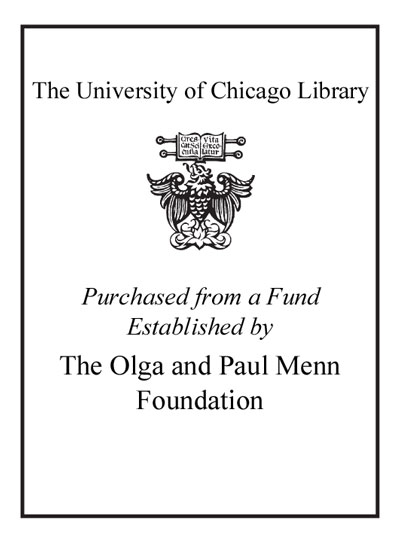Knowledge in motion : perspectives of artistic and scientific research in dance /
Saved in:
| Imprint: | Bielefeld : Transcript ; c2007. |
|---|---|
| Description: | 335 p. : ill. (chiefly col.) ; 23 cm. |
| Language: | English |
| Series: | TanzScripte ; v. 9 TanzScripte ; v. 9. |
| Subject: | |
| Format: | Print Book |
| URL for this record: | http://pi.lib.uchicago.edu/1001/cat/bib/7302160 |
Table of Contents:
- Preface
- Introduction
- Dance as Culture of Knowledge
- Dance in a Knowledge Society
- Dance as Culture of Knowledge. Body Memory and the Challenge of Theoretical Knowledge
- Trickstering, Hallucinating and Exhausting Production. The Blackmarket for Useful Knowledge and Non-Knowledge
- What is an Artistic Laboratory?
- Artistic Research
- The Mode of Knowledge Production in Artistic Research
- Artistic Research as an Expanded Kind of Choreography Using the Example of Emio Greco|PC
- Talking about Scores: William Forsythe's Vision for a New Form of "Dance Literature"
- If you don't know, why do you ask? An Introduction to the Method of Real-Time Composition
- How Do You Want to Work Today? Notes on an Alternative Choreographic Mode for the Production of Speech
- Body Knowledge and Body Memory
- Making Worlds Available
- Flickering and Change
- Expeditions to the Inner Teacher. How the Pioneers of Movement Studies Inspire Dance
- Sharing with Others
- About Risks and > Side Effects
- Dance History and Reconstruction
- Capturing the Essence. A Personal View on Dance History and Reconstruction
- Re-Constructions: Figures of Thought and Figures of Dance
- Experiences with Dancing Competence
- What the Body Remembers. How Pina Bausch Keeps Her Repertoire in Shape
- Reconstructing Dore Hoyer's Affectos Humanos
- Digestion and Infusion. Ways of Interpreting Dance
- The Body as Archive. On the Difficult Relationship between Movement and History
- Reception and Participation
- For a Participatory Theatre: Touching Instead of Fumbling
- On the Threshold. Aesthetic Experience in Performances
- The Politics of Collective Attention
- Generating Space
- Critique versus Critical Practice? The Impossibility and Possibilities of Contemporary Dance Critique
- Professional Education and Retraining in Dance
- Performing the School
- Building a Common Language
- On Considering a Comparative Approach. A Model for Classification of Dance Techniques
- Break-up: New Paths in Dance Education
- Dance Careers in Transition. A Field of Action for Dance in Germany?
- Dance Pedagogy and Cultural Work
- Working on Experience
- Learning Unconsciously
- Art is Not a Luxury
- The Students Have to Come First
- Notes on Contributors

